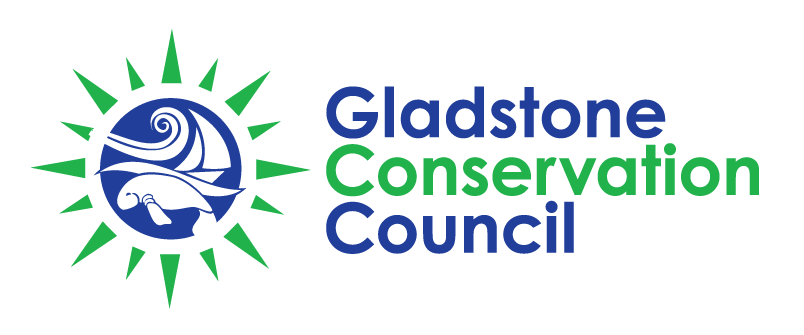- 23 August 2022
- gladconscouncil
- 0 Comments
Water for hydrogen plants
Water for Gladstone hydrogen plants
18 April 2022, Published in ‘Gladstone Today’ on 21 July 2022
To the Editor,
R.A. Miller (Letters, Gladstone Today 14/04/2022) correctly expressed concern regarding the sourcing of large quantities of fresh water for proposed Gladstone Hydrogen plants.
Recently the Gladstone Conservation Council (GCC) had similar concerns which resulted in our gathering information to provide a realistic estimate of the quantity of water required. We found the following:
1. Replacing all fossil fuels (FF) exported through Gladstone Port would require 31 million tons of Hydrogen (H2) annually. Hydrogen energy equivalent is approximately 3 times that of coal and LNG. In 2021 Gladstone port exported 70 million tons of coal and 23 million tons of LNG, totalling 93 million tons, needing 31 million tons of H2 to replace it.
2. Manufacturing 31 million tons of H2 would require 310 million tons of water, ie 310,000 megalitres (ml).
3. In order to have Awoonga Dam water last through long droughts, Gladstone Area Water Board (GAWB) allocates 78,000 ml per year for Gladstone’s use (approx. 10% of the dam’s capacity).
4. Almost all of that allocation is already spoken for, so it is obvious that Awoonga Dam cannot supply almost 4 times it’s annual allocation for H2 manufacture.
5. Unlike other similar power stations which use fresh water for cooling, Gladstone Power Station uses seawater and so there is no large allocation which could be redirected when the Power Station closes. (Current estimates show this occurring sometime between 2025 – 2030).
6. The proposed pipeline from the Fitzroy River at Rookwood Weir may alleviate some freshwater shortages, but this is only if the Fitzroy region is not itself in drought at the time. Given rapidly increasing Climate Change, rainfall becomes ever more unreliable and this is not a solution for an industry which needs continuous supplies of fresh water.
7. As Gladstone is a seaport, desalination is an attractive solution as long as the brine is disposed of appropriately.
8. Israel’s newest desalination plant at Sorek is producing fresh water at AUD 0.072 cents per litre.
9. For H2 to be competitive the price needs to be under USD$2.00 per kg (AUD$2.78).
10. Water at less than one tenth of a cent per litre, ie less than 1 cent AUD per kg of H2 manufactured, represents a very modest percent of H2’s final $2.78 target price.
11. A desalination plant would not interfere with current water allocations for Gladstone users, and would appeal to Gladstone residents as it could be used as an emergency backup in times of severe drought.
GCC has recently been in discussion with Qld Department of Water. We were impressed with their overall understanding of the issues involved, including the need to power desalination plant with renewables, and the importance of a well-designed distribution system for the slightly higher salinity water returned to the sea.
Some people may be surprised that groups such as the GCC do much more than hug trees and kiss koalas. Anyone wishing to find out more can contact GCC at gladconscouncil@gmail.com
Hugh Bridge

